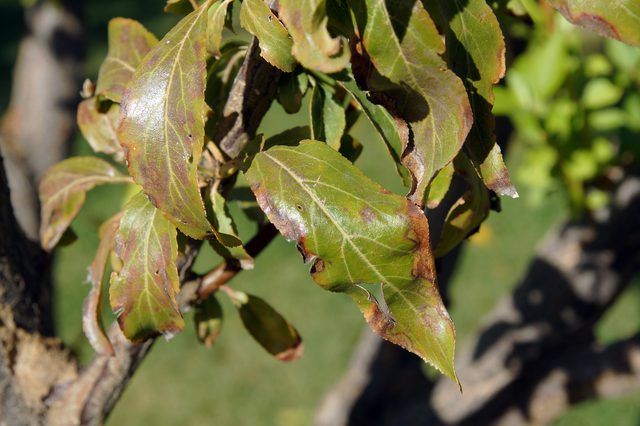Bulbs
Flower Basics
Flower Beds & Specialty Gardens
Flower Garden
Garden Furniture
Garden Gnomes
Garden Seeds
Garden Sheds
Garden Statues
Garden Tools & Supplies
Gardening Basics
Green & Organic
Groundcovers & Vines
Growing Annuals
Growing Basil
Growing Beans
Growing Berries
Growing Blueberries
Growing Cactus
Growing Corn
Growing Cotton
Growing Edibles
Growing Flowers
Growing Garlic
Growing Grapes
Growing Grass
Growing Herbs
Growing Jasmine
Growing Mint
Growing Mushrooms
Orchids
Growing Peanuts
Growing Perennials
Growing Plants
Growing Rosemary
Growing Roses
Growing Strawberries
Growing Sunflowers
Growing Thyme
Growing Tomatoes
Growing Tulips
Growing Vegetables
Herb Basics
Herb Garden
Indoor Growing
Landscaping Basics
Landscaping Patios
Landscaping Plants
Landscaping Shrubs
Landscaping Trees
Landscaping Walks & Pathways
Lawn Basics
Lawn Maintenance
Lawn Mowers
Lawn Ornaments
Lawn Planting
Lawn Tools
Outdoor Growing
Overall Landscape Planning
Pests, Weeds & Problems
Plant Basics
Rock Garden
Rose Garden
Shrubs
Soil
Specialty Gardens
Trees
Vegetable Garden
Yard Maintenance
How to Fertilize Plum Trees
How to Fertilize Plum Trees. Healthy, fruitful plums depend on annual fertilizer applications to grow well. Plums come in two main varieties, the European plum (Prunus domestica) and the Japanese plum (Prunus salicina), which both grow in U.S. Department of Agriculture plant hardiness zones 4 through 9. General-purpose fertilizers provide the key...
Healthy, fruitful plums depend on annual fertilizer applications to grow well. Plums come in two main varieties, the European plum (Prunus domestica) and the Japanese plum (Prunus salicina), which both grow in U.S. Department of Agriculture plant hardiness zones 4 through 9. General-purpose fertilizers provide the key nutrients nitrogen, phosphorous and potassium, along with a few trace nutrients, including magnesium. Figuring out the right amount of fertilizer and applying it correctly can result in more fruit and a thriving tree.
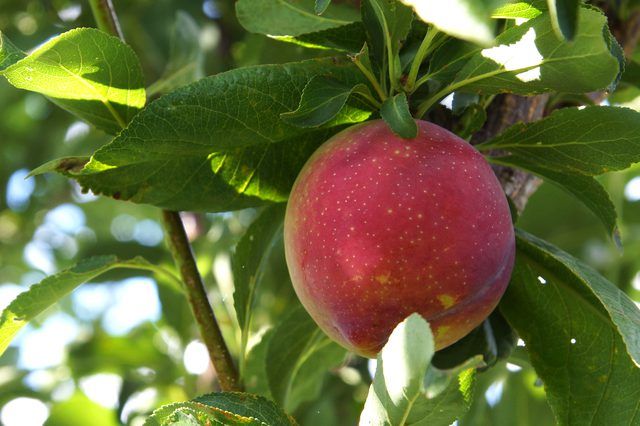
If you don't send a soil sample for a professional analysis, which gives the most accurate information, check the annual growth rate of the plum instead. Examine a lateral branch for the old bud scars, which are usually a different color than the rest of the branch. Measure from the bud scars to the tip of the branch to determine how much the branch grew during the preceding year. A healthy plum usually grows 8 inches in a year. If the growth rate is less than 9 inches, the plum requires 1/8 pound of actual nitrogen for each 1 inch of trunk diameter. If growth was at or above average, apply about half that rate.
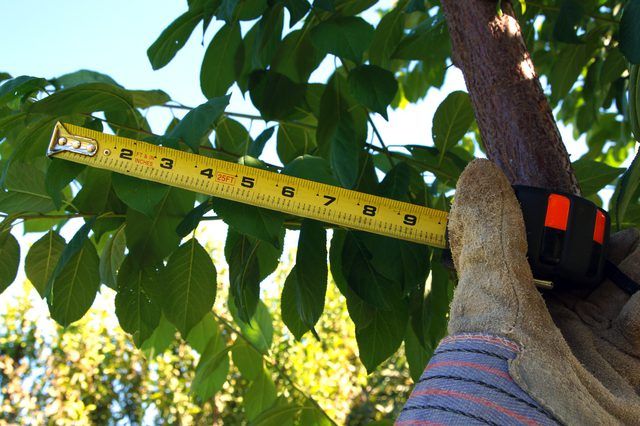
The first number on the fertilizer label indicates nitrogen, so a 10-10-10 fertilizer blend contains 10 percent actual nitrogen. To figure fertilizer amounts, convert the amount of nitrogen needed to a decimal and divide it by the percentage of nitrogen in the fertilizer. For example, if your plum tree is 4 inches in diameter and needs 1/2 pound of nitrogen, divide the 0.5 for the nitrogen needs by 0.10, which is the percentage of nitrogen in the fertilizer. In this case, the tree needs 5 pounds of 10-10-10 fertilizer for every 1,000 square feet to supply sufficient nitrogen. Apply no more than 6 pounds of nitrogen annually. If the growth rate and trunk diameter indicate a higher application rate, use the maximum amount of 6 pounds per 1,000 square feet.
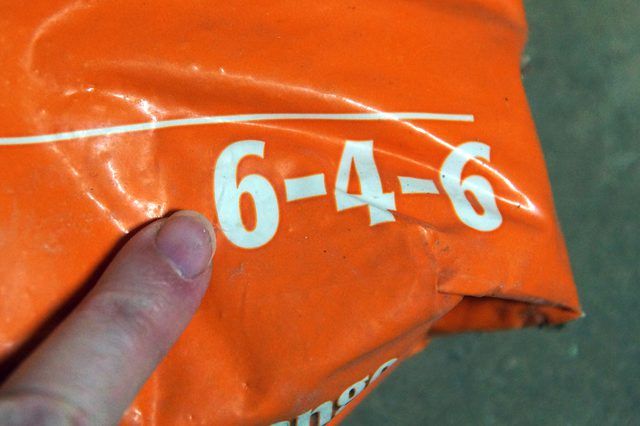
Granular fertilizers you sprinkle on the ground are suitable for regular annual feeding. Spread the fertilizer by hand or with a drop spreader over the soil from within about 6 inches of the trunk to the edge of the drip line. The drip line is the circle that ends at the outermost edges of tree's canopy. Watering right after application dissolves the granular fertilizer, allowing the nutrients to soak into the soil where the roots can access them. Make fertilizer applications in late winter or early spring, just before the new buds begin to open.
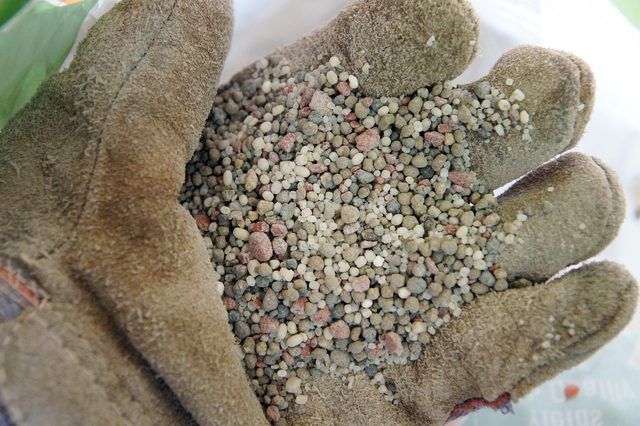
Iron, zinc or calcium deficiencies in the soil can affect healthy plum growth. Plums suffering from iron deficiency develop yellow or pale green leaves with deeper green veins, and the edges of the leaves may appear dry and brown. Mix 2 cups of chelated iron with 1 gallon of water in a pump sprayer, and completely coat the plum tree's leaves with the spray at two-week intervals during the flowering season. Zinc-deficient leaves are smaller than the more mature leaves, with the smaller leaves turning yellow with prominent green veins. Mix 1 tablespoon of zinc sulfate with 1 gallon of water and completely drench the foliage and trunk in mid-fall. Calcium deficiencies are less common in plums, but symptoms include brown fruit lesions and dead spots in the center of the leaves. Dissolve
0.63 ounces of calcium chloride in 1 gallon of water, and spray the foliage evenly. Begin applications in mid-June and apply every month for a total of three applications. Wear eye protection, long sleeves and long pants when applying fertilizer sprays, and a mask to avoid breathing in the chemicals.
